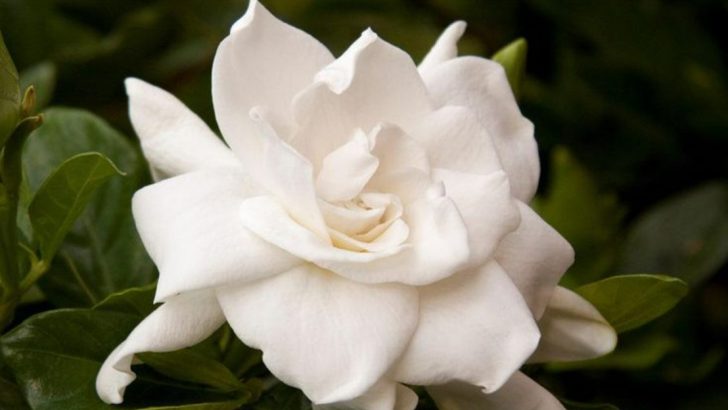Your nose is being lied to. That sweet scent drifting across the yard? It’s not coming from the plant you think. Some flowers only show off when you’re nose-to-petal. Others throw their perfume halfway down the street like garden royalty. And if you don’t know which is which, your fragrant garden dreams might fall flat. You planted jasmine and waited. Nothing. You brushed past a shrub and got ambushed by a surprise cloud of heaven. What gives? Fragrance in the garden isn’t just about what you grow — it’s where and how it releases its scent. Some plants whisper. Others scream. So before you fill your beds with invisible perfume or get nose-deep in a flower that smells like nothing, let’s break it all down. These are the plants that tease from afar — and the ones that demand you come closer.
Sweet Alyssum
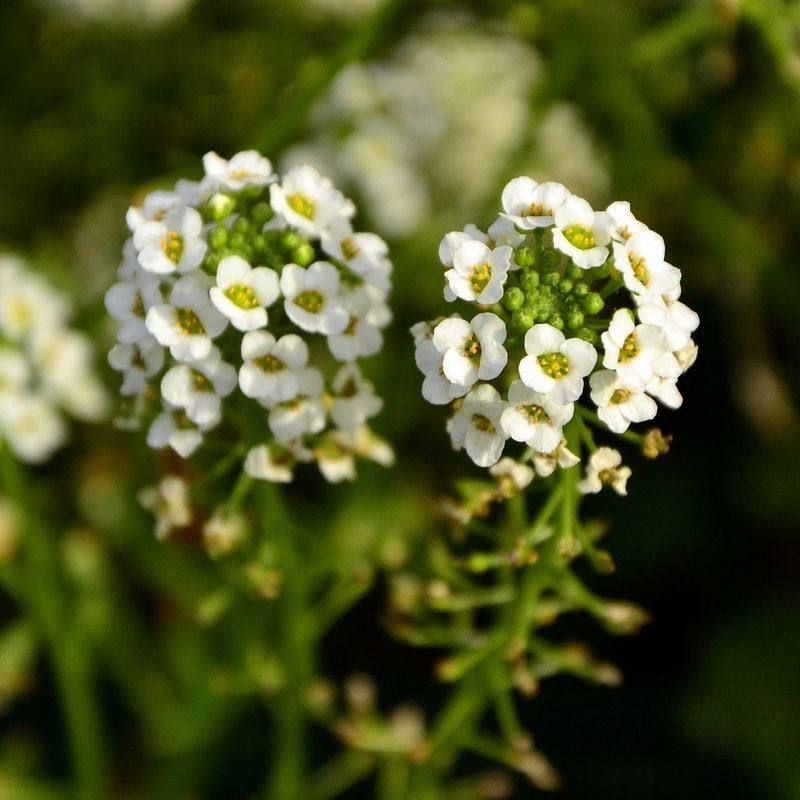
Sweet Alyssum’s delicate blossoms offer a scent reminiscent of honey, but you’ll need to lean in to catch its aroma. This plant’s low-growing habit makes it perfect for garden borders. Despite its subtle fragrance, it adds charm to any garden setting.
A beloved choice for gardeners who appreciate gentle scents, Sweet Alyssum thrives in both sunlit and partially shaded areas. It’s a versatile plant that attracts beneficial insects.
Historically, it has been used in herbal medicine for its calming properties, making it a delightful addition to any tranquil garden space.
Lavender
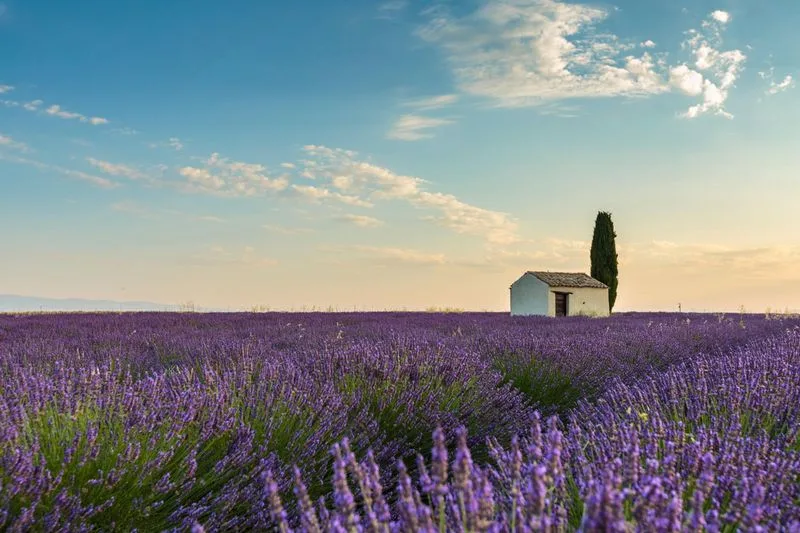
Lavender is renowned for its strong, calming fragrance that drifts through the air, making it a staple in many gardens. Its purple flowers not only provide beauty but also attract pollinators. The aroma of Lavender is both soothing and refreshing, ideal for relaxation.
With a history dating back to ancient times, Lavender has been used in perfumes, soaps, and essential oils. Its versatility extends to culinary uses, where it adds a unique flavor to dishes.
Lavender’s scent is an invitation to unwind and enjoy the serenity of the outdoors.
Mock Orange
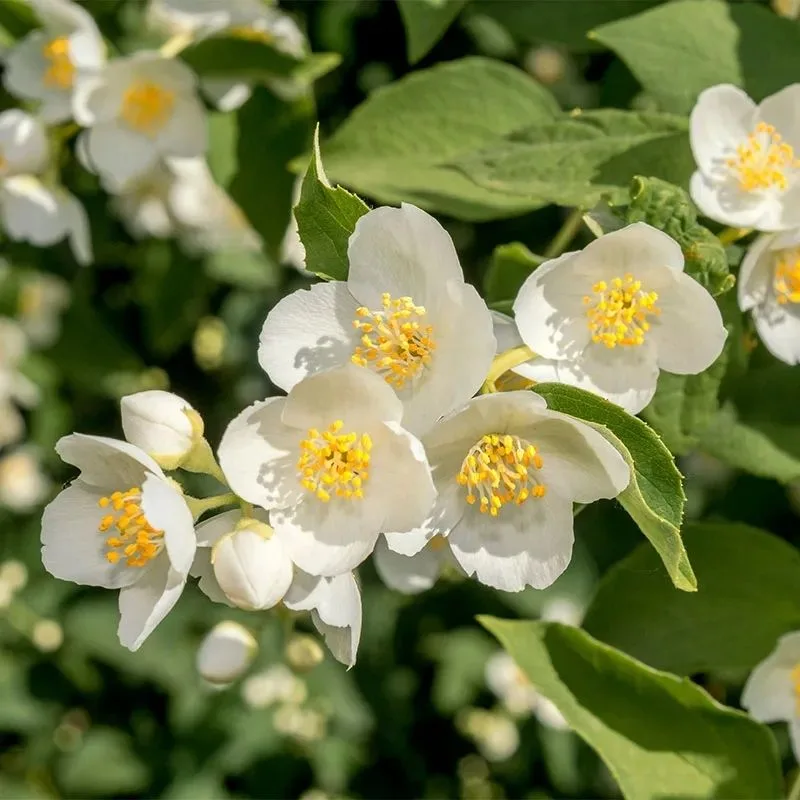
Mock Orange emits a citrus-like fragrance, reminiscent of oranges, but only when you are near enough to appreciate it. The plant’s white blooms create a stunning contrast against its dark green foliage.
This deciduous shrub is valued for its elegant appearance and scent, making it a favored choice for ornamental gardens. Though its fragrance is subtle, it is undeniably pleasant.
The Mock Orange has historical significance, often planted in Victorian gardens. It continues to be a classic choice for those seeking understated beauty and fragrance.
Gardenia
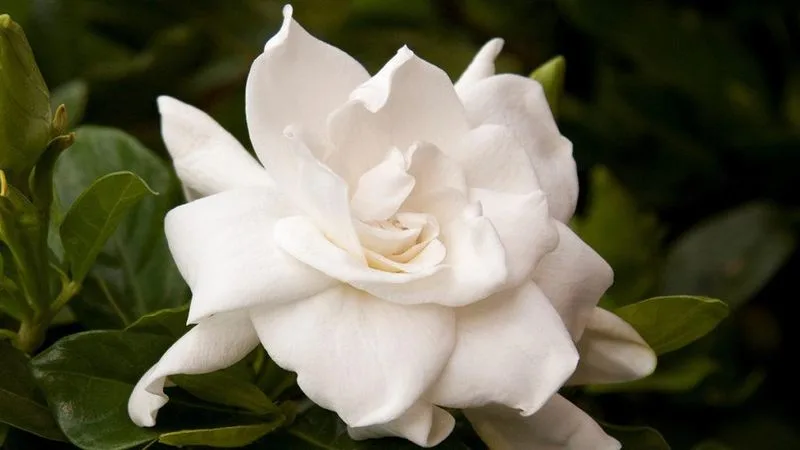
Gardenia flowers are celebrated for their intoxicating scent, best experienced up close. These blossoms add elegance to any garden with their creamy white petals. The fragrance is rich, alluring, and unmistakably luxurious.
Gardenias are often used in wedding bouquets and arrangements, symbolizing purity and love. Their scent is a favorite for perfumes and scented products.
Originating from tropical regions, Gardenias are best grown in humid environments. Their captivating aroma is a testament to their allure, making them a garden centerpiece.
Jasmine
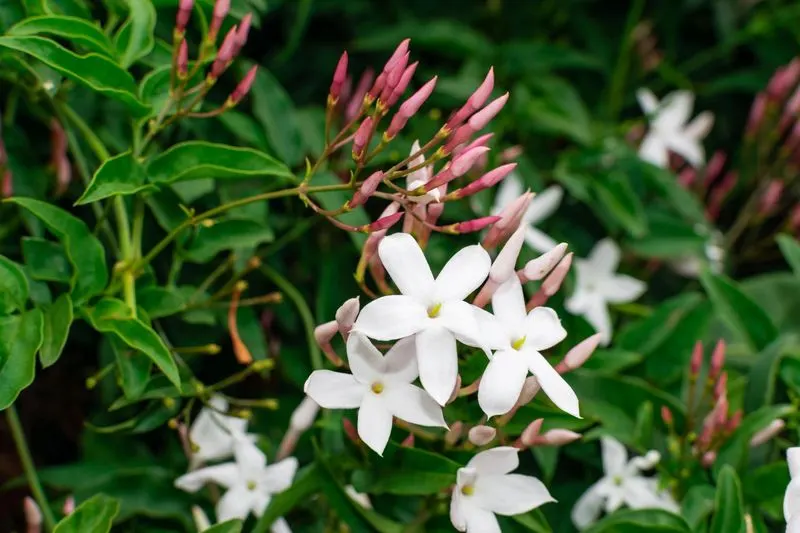
Jasmine’s sweet, heady aroma fills the night air, lingering on the breeze and creating an enchanting atmosphere. Known for its captivating fragrance, Jasmine is a symbol of purity and grace.
The vine’s delicate white flowers are not only beautiful but also a magnet for pollinators. Jasmine is often used in teas and perfumes, highlighting its versatility.
In many cultures, Jasmine is associated with love and beauty, often featured in ceremonies and festivities. Its aromatic presence is an invitation to experience nature’s elegance.
Tuberose
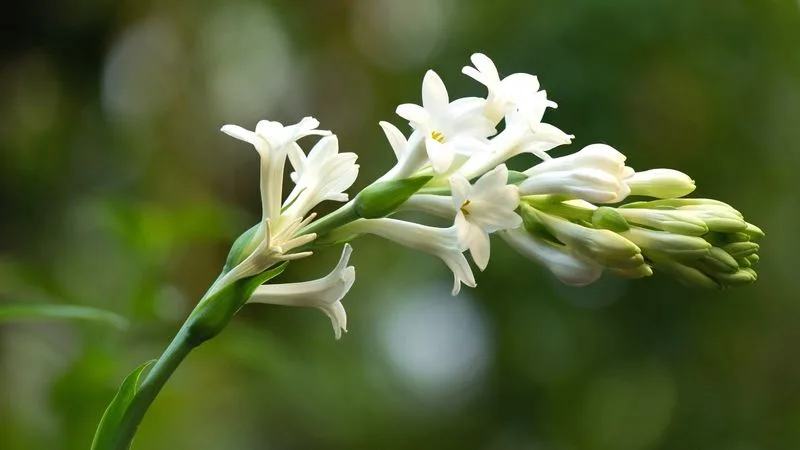
Tuberose exudes a powerful, exotic fragrance that is easily detectable from afar. Its waxy, white flowers bloom at night, adding a touch of mystery to gardens. The scent is rich and complex, often compared to a sweet, spicy aroma.
Tuberose is prized in the perfume industry for its unique fragrance profile. It is often associated with romance and luxury.
This night-blooming plant originates from Mexico and thrives in warm climates. Its alluring scent and elegant appearance make it a popular choice for moonlit gardens.
Honeysuckle
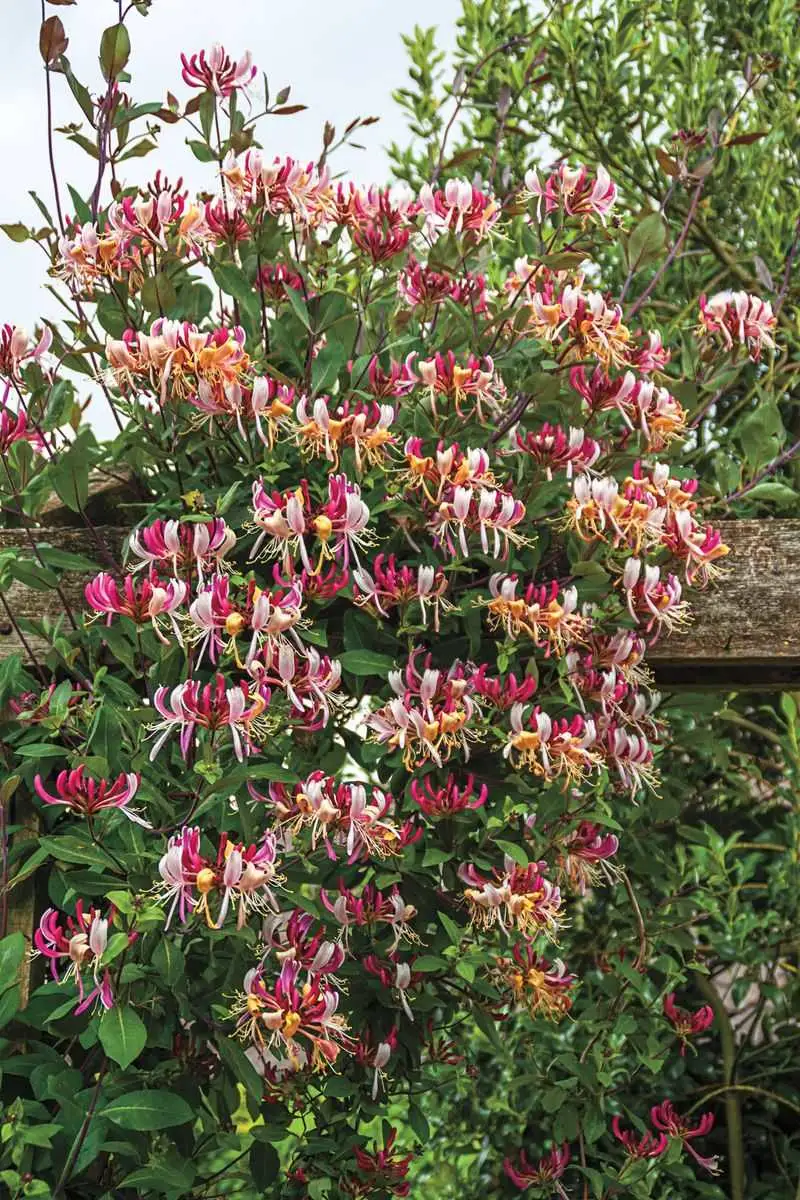
Honeysuckle’s sweet and enticing aroma is a garden favorite, noticeable even from a distance. Its tubular flowers come in various shades, including pink and orange, adding a splash of color.
This climbing vine is beloved for its nectar, attracting hummingbirds and bees. Honeysuckle symbolizes devoted affection and has a rich history in folklore.
The plant’s scent is most potent in the evening, making it ideal for creating a fragrant garden retreat. Its lush growth and vibrant blooms enhance any outdoor space.
Sweet Pea
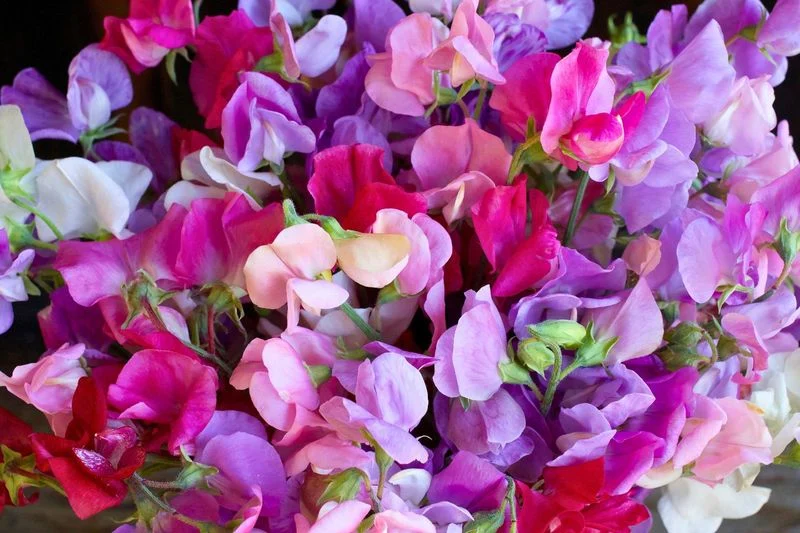
Sweet Pea flowers, with their delicate fragrance, require close proximity to appreciate fully. These charming blossoms come in a range of pastel colors, adding whimsy to gardens.
Sweet Peas are often associated with pleasure and gratitude, making them a popular choice for floral gifts. Their scent is reminiscent of springtime and renewal.
Originating from the Mediterranean, Sweet Peas thrive in cooler climates. Their gentle aroma and elegant appearance make them a timeless addition to flower beds and arrangements.
Magnolia
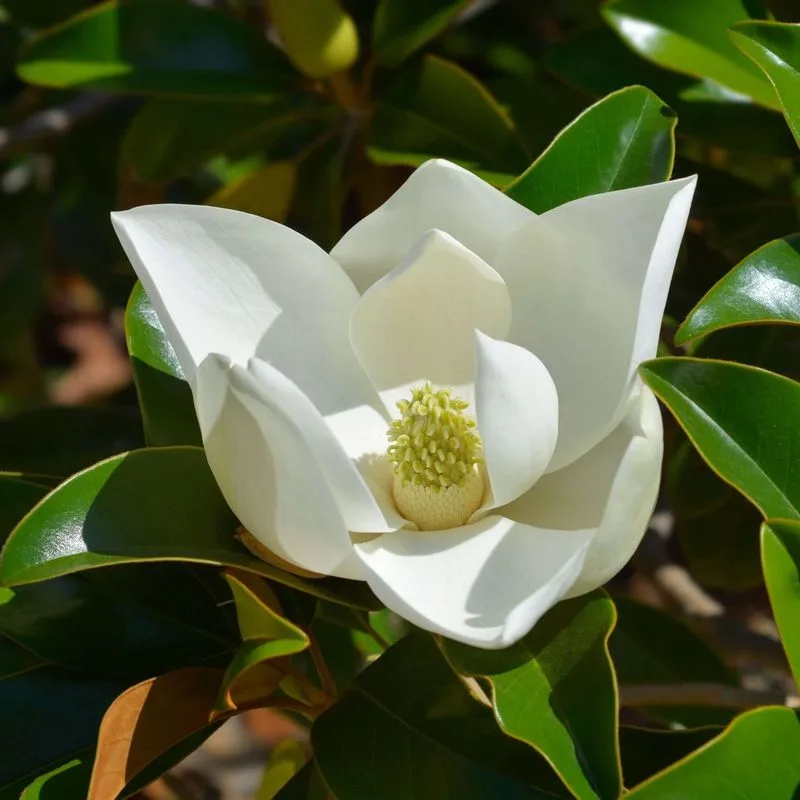
Magnolia trees are renowned for their large, fragrant flowers that fill the air with a subtle sweet aroma. These trees are a symbol of beauty and dignity, with blossoms that captivate the senses.
The scent of Magnolia is light and refreshing, often used in perfumery for its elegant profile. These trees provide shade and beauty, making them a focal point in landscapes.
Originating from Asia and the Americas, Magnolias have a rich history and cultural significance. Their presence is a celebration of nature’s grace and splendor.
Hyacinth
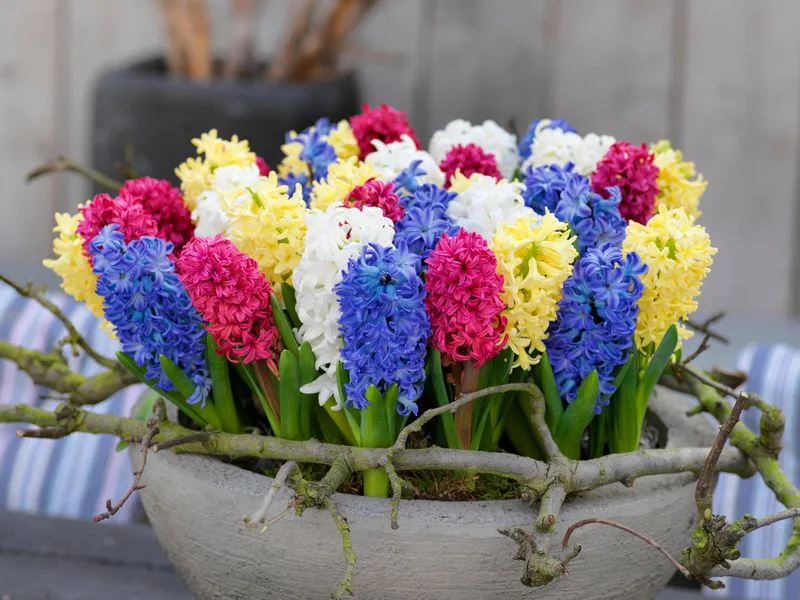
Hyacinths are known for their bold, delightful fragrance that heralds the arrival of spring. Their dense flower spikes come in an array of vibrant colors.
These flowers are a symbol of rebirth and new beginnings, often planted in gardens to welcome the season. Hyacinths are cherished for their aromatic blooms and striking appearance.
Originating from the Mediterranean region, these flowers have been cultivated for centuries. Their scent is both invigorating and comforting, making them a beloved choice for flower enthusiasts.
Lilac
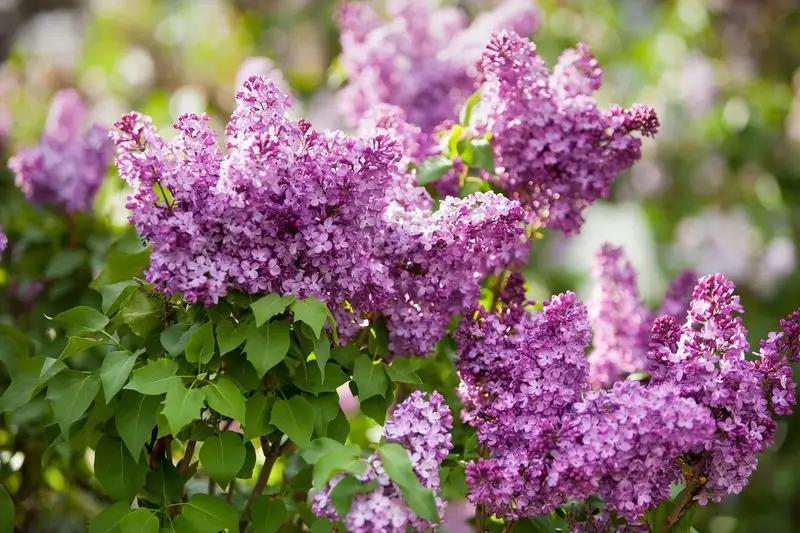
Lilacs are synonymous with springtime, offering a powerful scent that can be enjoyed from afar. Their clusters of purple or white flowers are visually striking.
The lilac’s aroma is often associated with nostalgia, bringing memories of warm, sunny days. These shrubs are beloved for their beauty and fragrance.
Lilacs have a rich cultural history, symbolizing renewal and love. They are often planted in parks and gardens, where their scent can fill the surrounding air. Their timeless appeal makes them a garden staple.
Daphne
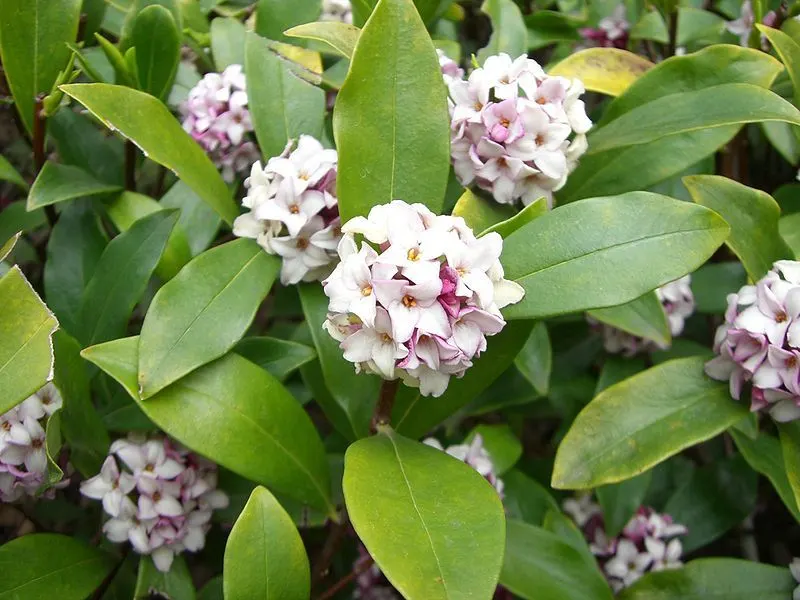
Daphne shrubs are treasured for their sweet, perfume-like fragrance that requires a closer encounter to fully appreciate. Their small, clustered flowers bloom in early spring.
Known for their captivating aroma, Daphne plants are often located near walkways or entrances. Their scent is a delightful prelude to the blooming season.
These shrubs are sensitive and require specific growing conditions, often considered a gardener’s challenge. Despite their demands, Daphne’s fragrance makes the effort worthwhile, offering a sensory reward to those who encounter it.
Plumeria
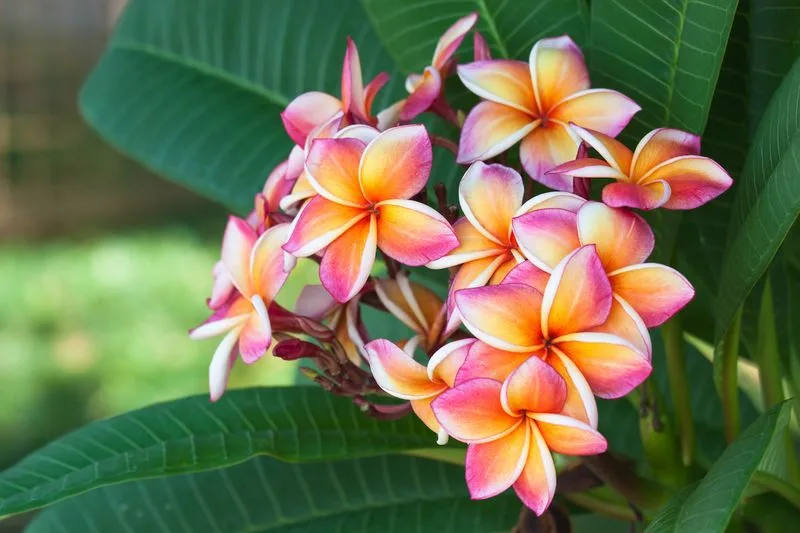
Plumeria flowers, celebrated for their intoxicating scent, are a staple in tropical gardens. Their fragrance is both sweet and exotic, easily carried on the breeze.
These flowers are commonly used in Hawaiian leis, symbolizing welcome and positivity. Plumeria’s scent is reminiscent of a tropical paradise, inviting relaxation.
Originating from Central America, Plumerias thrive in warm climates. Their vibrant flowers and aromatic presence make them a popular choice for gardens and ceremonies alike, offering a touch of island charm to any setting.
Bee Balm
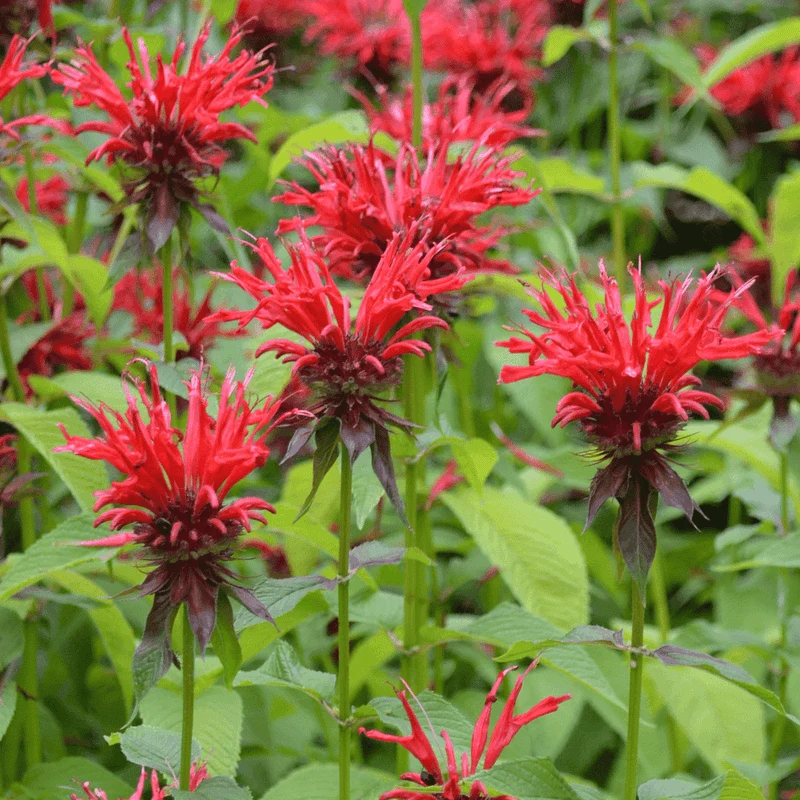
Bee Balm, also known as Monarda, offers a subtle fragrance that attracts pollinators but may require closeness to enjoy fully. Its vibrant flowers brighten any garden.
This plant is favored for its ability to attract bees and butterflies, enhancing biodiversity. Bee Balm has a history of medicinal use by Native Americans.
Its aromatic leaves can be used in teas, providing a hint of its floral scent. Bee Balm adds both beauty and utility to gardens, making it a cherished addition for nature enthusiasts.
Rosemary
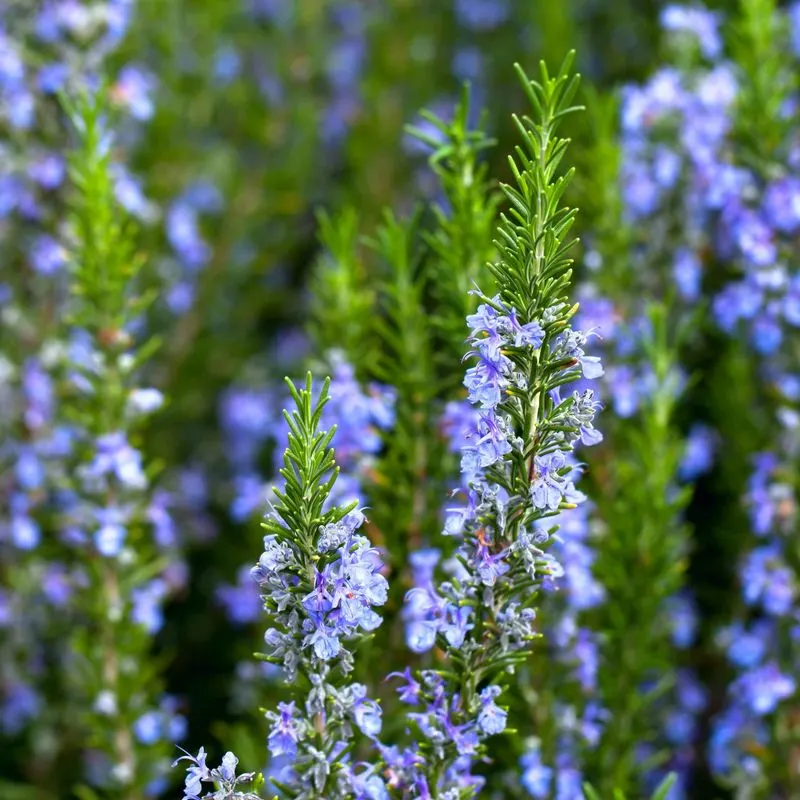
Rosemary’s pungent, earthy scent is easily recognizable and can be detected from a distance. Its needle-like leaves are used in cooking for their aromatic flavor.
This herb is not only a culinary favorite but also a symbol of remembrance and fidelity. Rosemary’s scent is invigorating, often used in aromatherapy.
Native to the Mediterranean, Rosemary is easy to grow and thrives in sunny conditions. Its robust aroma and culinary versatility make it a garden staple, cherished by chefs and gardeners alike.
Stock
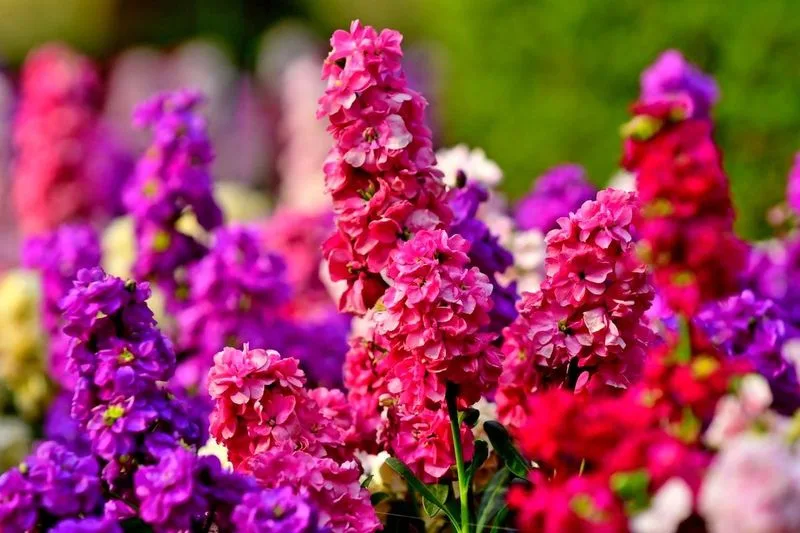
Stock flowers are known for their rich, clove-like fragrance that can fill a garden with scent. Their tall flower spikes add elegance to flower beds.
Often used in floral arrangements, Stock symbolizes lasting beauty and bonds of affection. Its fragrance is comforting, reminiscent of cottage gardens.
Native to the Mediterranean, Stock thrives in cooler climates, offering a burst of color and aroma. Its presence in gardens is a reminder of nature’s ability to bring joy and serenity through scent and sight.
Wisteria

Wisteria’s enchanting fragrance is a captivating feature of this climbing vine. Its drooping clusters of flowers create a picturesque scene.
The scent of Wisteria is often associated with romance and elegance. It is a popular choice for pergolas and arbors, providing both shade and aroma.
Originating from Asia, Wisteria requires careful pruning to maintain its growth. The vine’s beauty and scent make it a prized addition to gardens, where it can transform spaces into fragrant retreats.
Scented Geranium
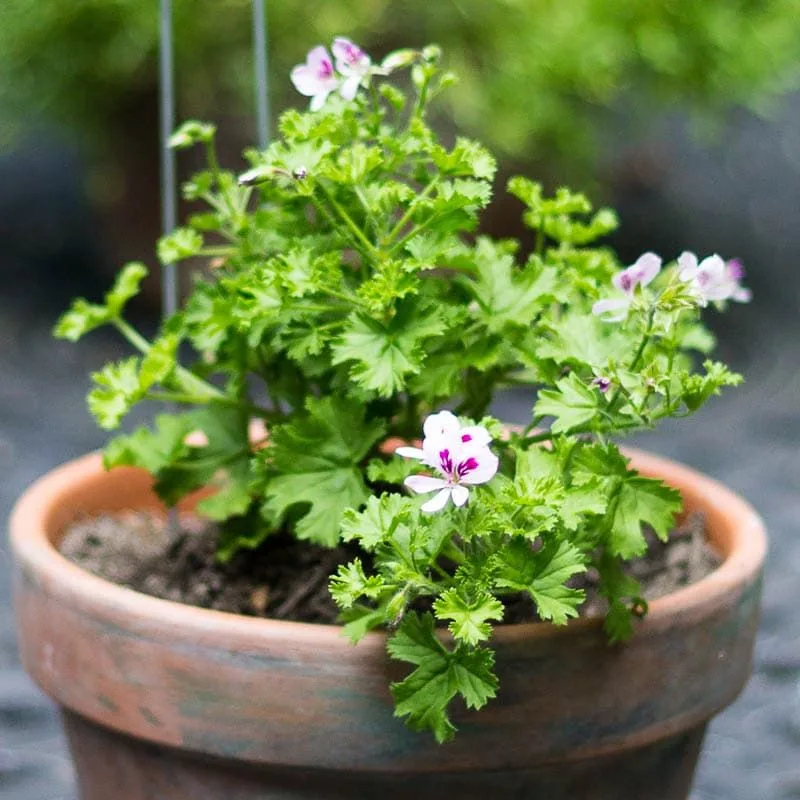
Scented Geraniums release their refreshing aroma only when their leaves are touched or brushed against. These plants offer a variety of scents, from citrus to mint.
Often grown for their fragrant leaves rather than flowers, they are used in potpourri and essential oils. Their scent is subtle but pleasing.
Scented Geraniums are easy to grow, thriving in sunny windowsills or gardens. Their versatile fragrance and adaptability make them a delightful choice for those who appreciate aromatic plants without overpowering scents.
Lilies
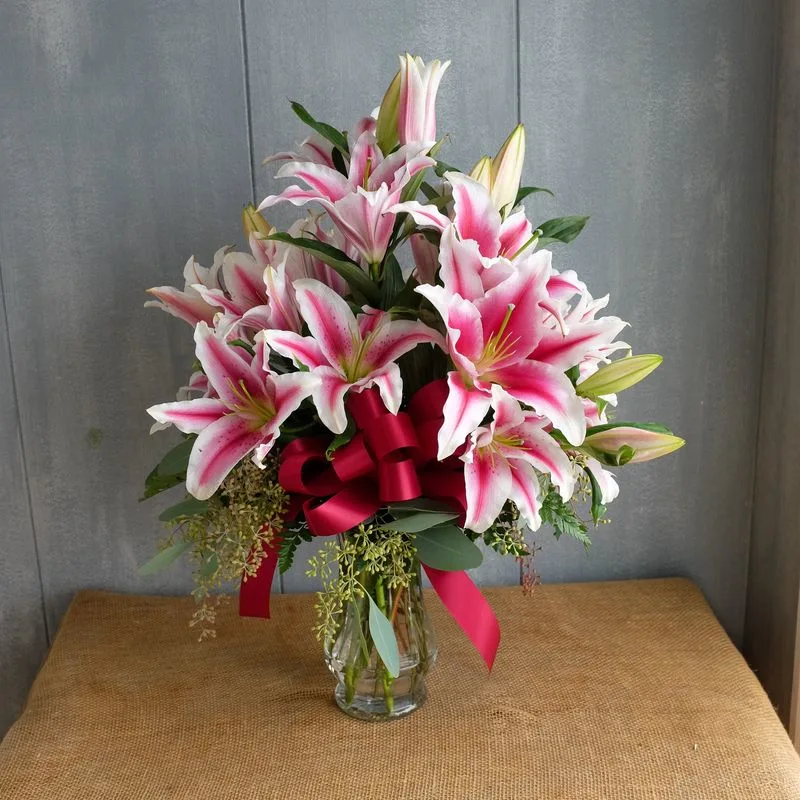
Lilies are celebrated for their bold, sweet fragrance that permeates the air. Their trumpet-shaped flowers are a symbol of purity and transience.
Often used in floral arrangements, lilies add elegance and aroma to any setting. Their scent is uplifting, offering a sensory delight.
Originating from various parts of the world, lilies are a versatile and cherished addition to gardens. Their fragrance and beauty make them a popular choice for bouquets and landscaping, creating a vivid olfactory experience.
Patchouli
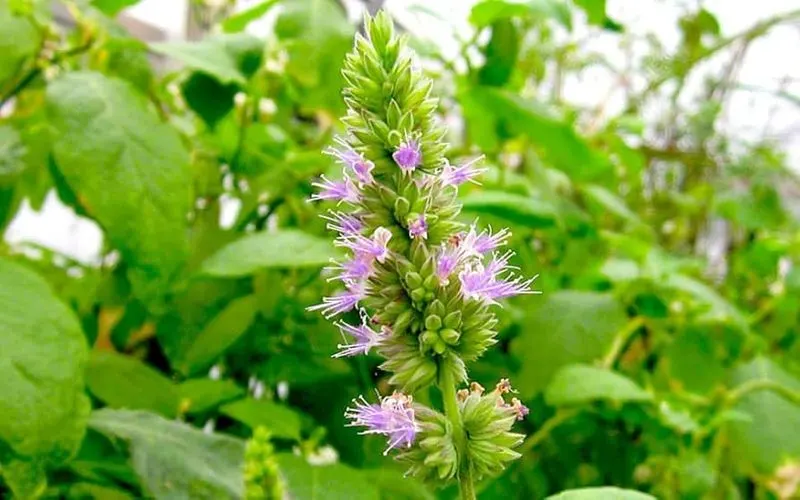
Patchouli is known for its strong, earthy fragrance that is both grounding and distinctive. This scent is often associated with incense and perfumes.
The plant’s leaves release their aroma when crushed, making Patchouli a beloved choice for herbalists and perfumers. Its fragrance is both exotic and calming.
Originating from tropical Asia, Patchouli thrives in warm, humid environments. Its scent is a staple in the fragrance industry, offering a touch of the exotic to gardens and products alike.
Freesia
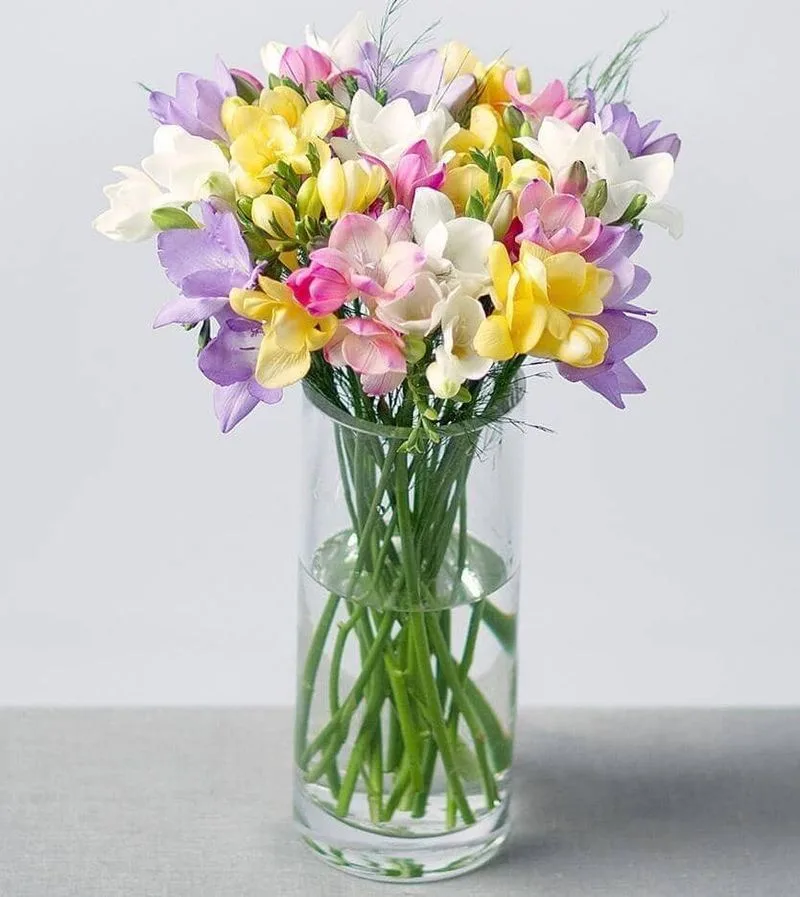
Freesias are famous for their sweet, citrusy fragrance, which is both refreshing and invigorating. Their colorful blooms brighten any space.
These flowers are often used in bouquets, symbolizing innocence and friendship. Freesias’ scent is a favorite in perfumes and scented products.
Native to South Africa, Freesias thrive in well-drained soil and sunny conditions. Their vibrant colors and delightful fragrance make them a popular choice for gardens and floral arrangements, offering a burst of freshness.
Night Phlox
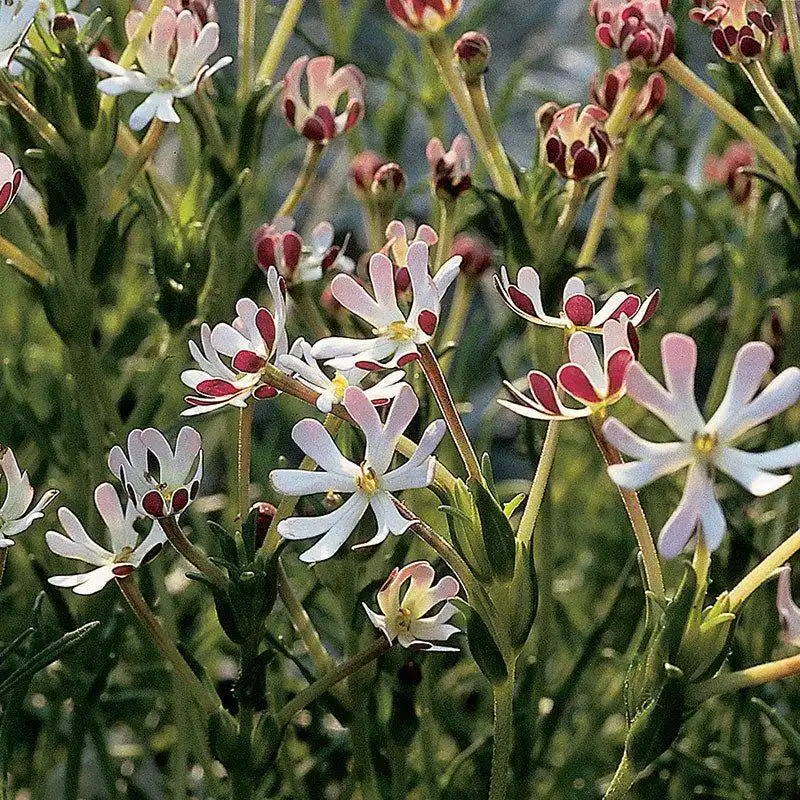
Night Phlox, also known as Midnight Candy, is a nighttime charmer. With subtle white and purple blooms, it reveals a sweet fragrance only after dark. During the day, this unassuming plant blends quietly into the garden. As the sun sets, its aroma awakens, reminiscent of honey and vanilla.
Gardeners often plant Night Phlox near patios or windows where its evening scent can be best appreciated. Originating from South Africa, it has adapted well to various climates.
Did you know? Night Phlox’s fragrance is an evolutionary trait to attract nocturnal pollinators. Its scent is a nightly symphony waiting to be discovered.

